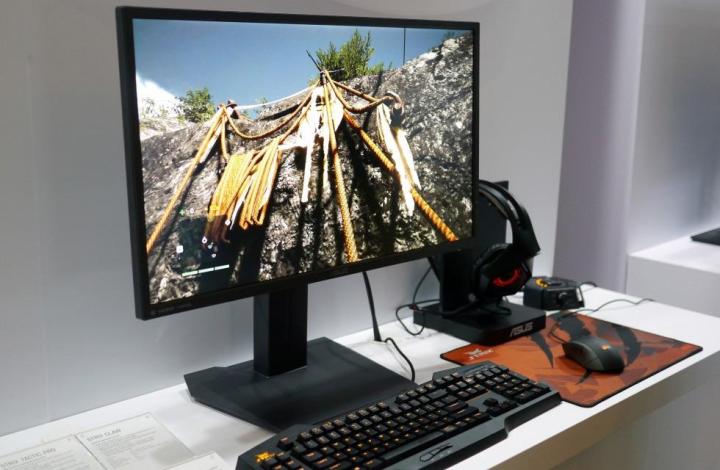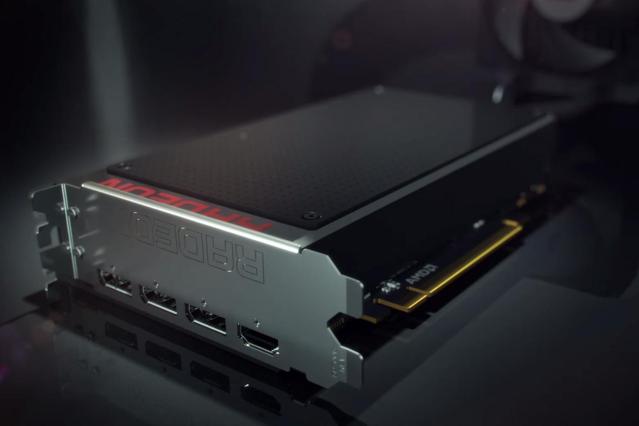
AMD has a way to fix this called FreeSync. It works quite well, but unfortunately it’s complicated, and often expensive if you don’t have compatible hardware. Here’s a quick guide to what you need to get FreeSync running on your gaming machine.
What is AMD FreeSync?
Simply put, FreeSync allows AMD’s video cards and APUs directly and dynamically control the refresh rate of a connected monitor. Most monitors are locked into refresh 60 times per second, but quick ones will refresh 75, 120 or 144 times per second. With FreeSync enabled, the monitor will refresh its image in sync with the game that’s being played, up to its maximum level, and adjusting down when necessary.

If you’re playing a relatively simple 3D PC game like the original Half-Life, you probably don’t even need FreeSync — even modern integrated graphics cards can easily surpass 60 frames per second in that game, and the software can V-Sync the framerate to make the game spits out frames in a cadence the monitor prefers.
But if you’re playing a newer, graphically-intensive game like The Witcher 3, even an expensive gaming desktop might only be able to render 40 or 50 frames per second, falling below the 60FPS refresh rate of the monitor. That means some frames will appear in the middle of a screen refresh, so the display catches part of two frames, creating screen-tear. With AMD FreeSync, the monitor’s refresh rate is scaled down or up to match the game, so the monitor never refreshes in the middle of a frame and tearing never includes.
What do you need to use FreeSync?
AMD’s FreeSync relies on both software and hardware. In order for FreeSync to work, you need a compatible AMD graphics card or integrated APU system, a compatible and certified monitor, and a DisplayPort connection. The older VGA, DVI, and HDMI connections are incompatible.
A variety of AMD video cards include the FreeSync feature, from the inexpensive Radeon R7 260 graphics card all the way up to the top-of-the-line Radeon R9 300. Some APUs offer the feature, too, starting with the AMD A6 series of APUs and going up to the A10 series. You’ll also need a compatible DisplayPort cable, which may or may not come with your
Once your computer is ready, you’ll probably need a new monitor as well. At the time of writing Acer, AOC, Asus, BenQ, LG, Samsung, and Viewsonic all offer FreeSync-certified monitors ranging in size from just under 24-inches all the way to 34-inches. Because these are high-performance
For a list of FreeSync-compatible AMD APUs and graphics cards, click here. For a list of compatible monitors, click here.
How to enable FreeSync
Once your computer is set up and connected to your FreeSync-enabled monitor with a DisplayPort cable, make sure to download the latest AMD Catalyst graphics drivers from the company’s website. You can manually select your card or APU model from the “Manually Select Your Driver” tool (make sure to match your version of Windows), or use the auto-detection tool if you’re not sure. You don’t need a second driver to enable FreeSync – if your hardware is compatible, it’s included in this download. Install the driver and restart your computer if necessary.
Once all that is done, open the AMD Catalyst Control Center program on your computer. Click the “My Digital Flat-Panels” on the left column, then “properties.” The last option in the right column is “AMD FreeSync technology (or DP Adaptive-Sync.”) Click “Enable,” then click the “apply” button at the bottom of the window. Now start your game and enjoy your smoother graphics.
FreeSync limitations
FreeSync isn’t perfect. Specifically, it seems to work better at higher adjusted framerates than lower ones, though this may simple be because the gaming-oriented monitors that support the technology don’t work well at low refresh rates, either. When testing FreeSync on different

Also, be aware that Nvidia’s competing frame syncing standard is called G-Sync. The two standards are not inter-operable, so make sure you buy the right technology to pair with your AMD video card.
Editors' Recommendations
- 4 CPUs you should buy instead of the AMD Ryzen 7 5800X3D
- AMD needs to fix this one problem with its next-gen GPUs
- Nvidia is the ‘GPU cartel,’ says former AMD Radeon manager
- AMD has a lot to prove this year
- AMD’s RX 7600 XT might be dead on arrival — but there’s a catch




